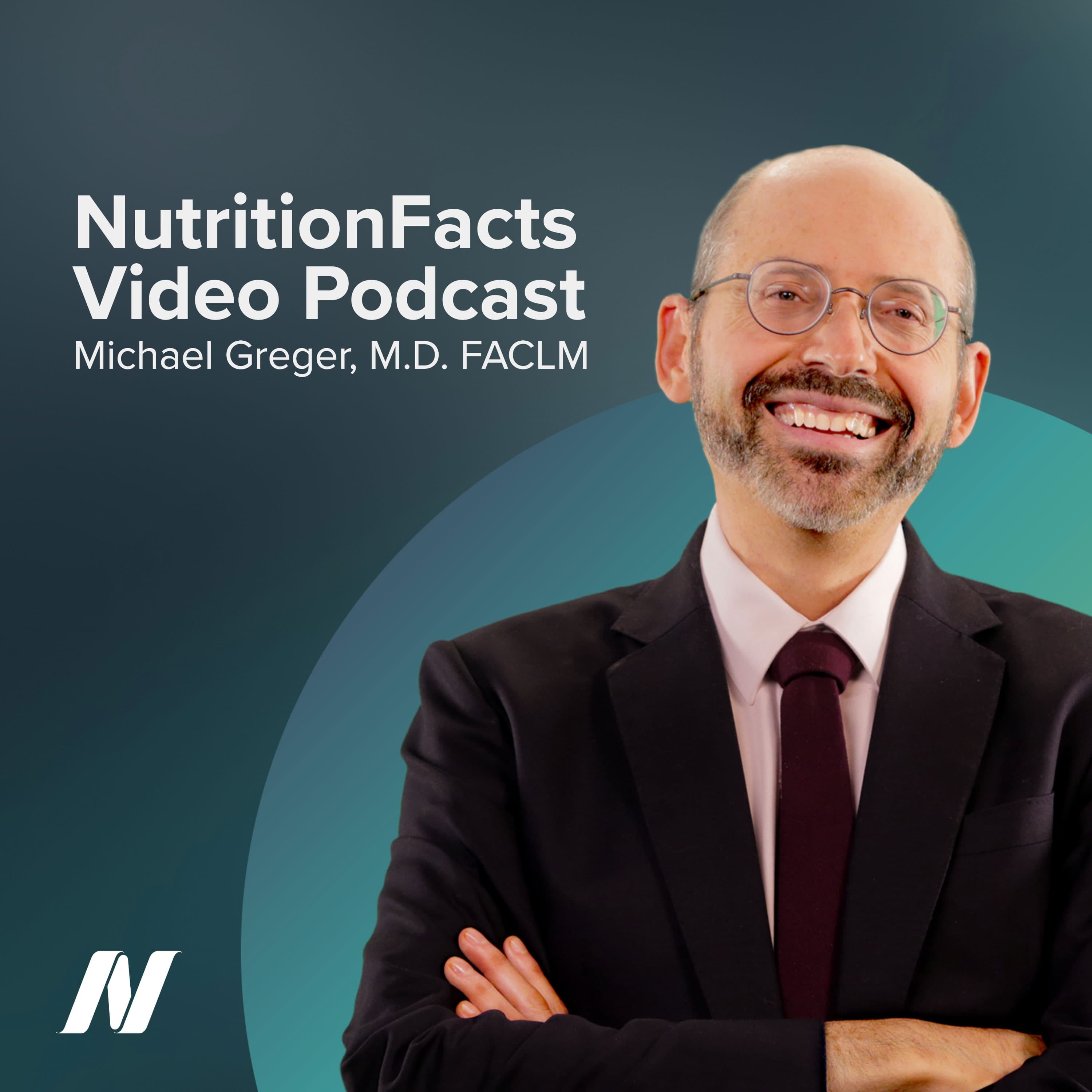Constipation Is a Fiber Deficiency Disease
Constipation can be considered a nutrient-deficiency disease, and that nutrient is fiber. By definition, fiber is nondigestible. Since it can’t be absorbed into the body, it just stays in our gut to bulk up our stool. Just as you can get scurvy if you don’t get enough vitamin C, you can get constipation if you don’t get enough fiber. Since fiber is found only in plant foods, it’s no surprise that the more plants you eat, the less likely you are to be constipated. For example, a study comparing thousands of omnivores, vegetarians, and vegans found that those eating strictly plant-based diets are about three times more likely to have daily bowel movements.
Fewer than 3 percent of Americans meet the recommended minimum daily intake of fiber, meaning fewer than 3 percent of all Americans eat enough plants. If even half of the U.S. adult population ate 3 more grams a day—a quarter cup of beans or a bowl of oatmeal—we could potentially save billions in medical costs for constipation alone based on an estimate that a 1 gram per day increase in dietary fiber intake would lead to about a 2 percent reduction in constipation prevalence.
Epidemiological studies that failed to find a link between fiber intake and constipation have defined “high” fiber intake as greater than 20 grams a day (since the average intake is only about 17 grams a day), but that is a small fraction of what our bodies evolved to consume. That’s like finding no difference in scurvy rates between those getting one lemon wedge worth of vitamin C a day and three wedges and concluding vitamin C doesn’t help scurvy. But each wedge only has about 2mg of vitamin C, and human experiments on pacifists during World War II showed that it takes about 10mg of vitamin C a day to prevent scurvy; so, you’d just be comparing one deficient intake to another and concluding vitamin C was ineffective, like they did in some of the fiber studies.
All they had to do is just feed people some bran cereal, and you can show significant improvements in constipation symptoms including bloating, abdominal discomfort, ease of defecation, and bowel movement “satisfaction.” No wonder “increasing fiber intake” is considered the first-line treatment for the management of constipation. But that Kellogg-funded cereal study didn’t have a placebo control group, and the placebo response rate for subjective improvement of constipation can be as high as 40 percent. It’s hard to create placebo Shredded Wheat, but you can prove cause-and-effect with randomized, double-blind, placebo-controlled trials using fiber supplements, which we’ll cover next.
Constipation can be considered a nutrient-deficiency disease, and that nutrient is fiber. By definition, fiber is nondigestible. Since it can’t be absorbed into the body, it just stays in our gut to bulk up our stool. Just as you can get scurvy if you don’t get enough vitamin C, you can get constipation if you don’t get enough fiber. Since fiber is found only in plant foods, it’s no surprise that the more plants you eat, the less likely you are to be constipated. For example, a study comparing thousands of omnivores, vegetarians, and vegans found that those eating strictly plant-based diets are about three times more likely to have daily bowel movements.
Fewer than 3 percent of Americans meet the recommended minimum daily intake of fiber, meaning fewer than 3 percent of all Americans eat enough plants. If even half of the U.S. adult population ate 3 more grams a day—a quarter cup of beans or a bowl of oatmeal—we could potentially save billions in medical costs for constipation alone based on an estimate that a 1 gram per day increase in dietary fiber intake would lead to about a 2 percent reduction in constipation prevalence.
Epidemiological studies that failed to find a link between fiber intake and constipation have defined “high” fiber intake as greater than 20 grams a day (since the average intake is only about 17 grams a day), but that is a small fraction of what our bodies evolved to consume. That’s like finding no difference in scurvy rates between those getting one lemon wedge worth of vitamin C a day and three wedges and concluding vitamin C doesn’t help scurvy. But each wedge only has about 2mg of vitamin C, and human experiments on pacifists during World War II showed that it takes about 10mg of vitamin C a day to prevent scurvy; so, you’d just be comparing one deficient intake to another and concluding vitamin C was ineffective, like they did in some of the fiber studies.
All they had to do is just feed people some bran cereal, and you can show significant improvements in constipation symptoms including bloating, abdominal discomfort, ease of defecation, and bowel movement “satisfaction.” No wonder “increasing fiber intake” is considered the first-line treatment for the management of constipation. But that Kellogg-funded cereal study didn’t have a placebo control group, and the placebo response rate for subjective improvement of constipation can be as high as 40 percent. It’s hard to create placebo Shredded Wheat, but you can prove cause-and-effect with randomized, double-blind, placebo-controlled trials using fiber supplements, which we’ll cover next.
Republishing "Constipation Is a Fiber Deficiency Disease"
You may republish this material online or in print under our Creative Commons licence. You must attribute the article to NutritionFacts.org with a link back to our website in your republication.
If any changes are made to the original text or video, you must indicate, reasonably, what has changed about the article or video.
You may not use our material for commercial purposes.
You may not apply legal terms or technological measures that restrict others from doing anything permitted here.
If you have any questions, please Contact Us
